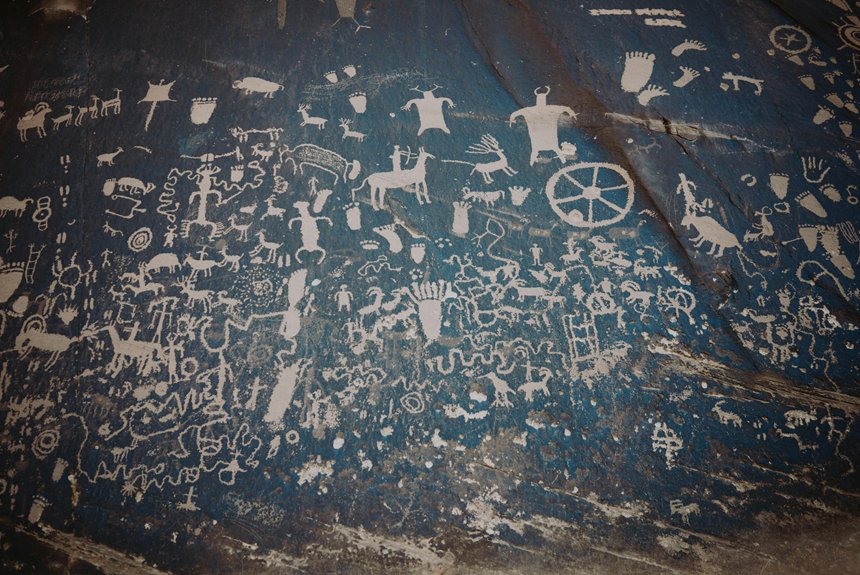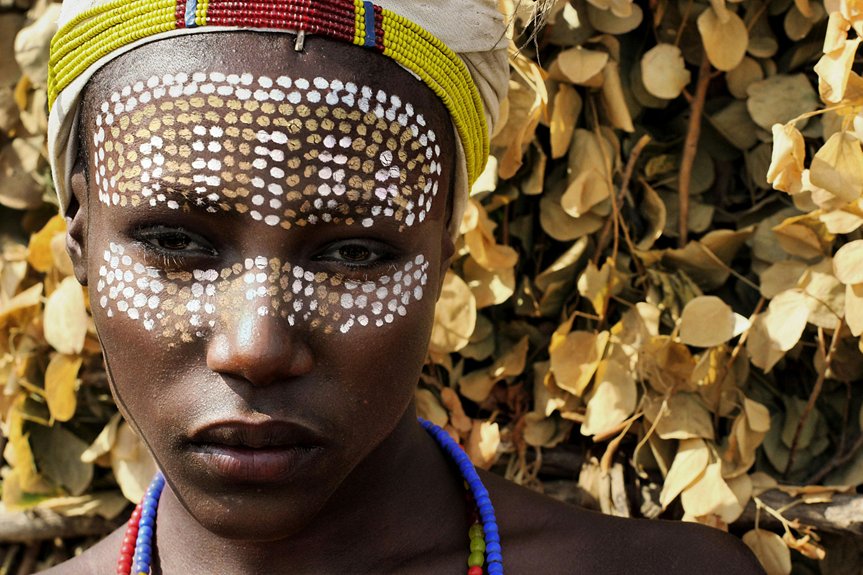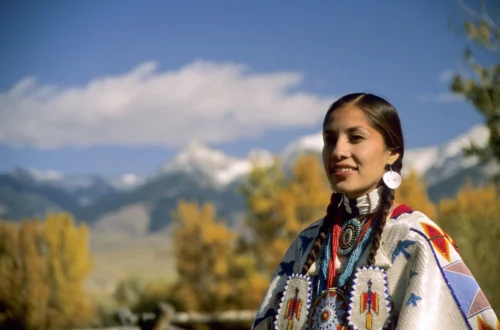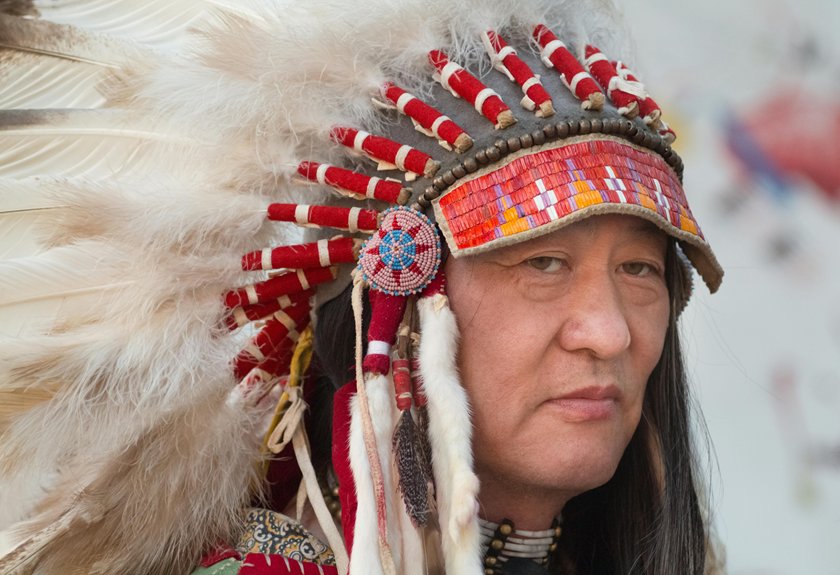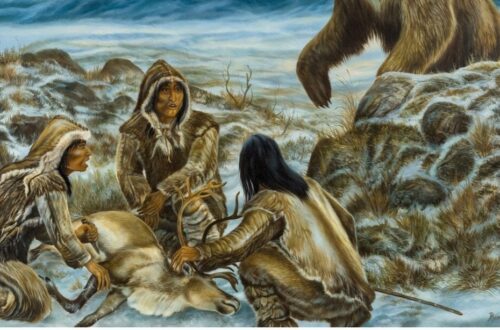When Europeans ushered in the return of horses to the Americas, it sparked a remarkable shift for Native American tribes. You might wonder how this new companion transformed their lives and cultures. The arrival of these majestic animals opened doors to new ways of hunting, trading, and connecting with one another. But what did this mean for their social structures and daily routines? The answers reveal a rich tapestry of adaptation and change.
The Arrival of Horses in the Americas
When Europeans first arrived in the Americas in the late 15th century, they brought with them more than just new ideas and goods; they also introduced horses, which would forever change the landscape of Native American life.
These majestic animals, once extinct in the Americas, returned to the continent through European ships. Imagine the awe and fascination of Indigenous peoples encountering these powerful creatures for the first time.
Horses transformed transportation, trade, and even warfare. As you visualize this shift, consider how the introduction of horses not only altered daily lives but also reshaped social structures and cultural practices.
The bond formed between Native Americans and horses would create enduring legacies that resonated through generations, marking a significant chapter in the history of the Americas.
Early Interactions Between Native Americans and Horses
The arrival of horses opened a new chapter in the lives of Native Americans, sparking immediate curiosity and adaptation.
You’d witness a remarkable transformation in hunting, trade, and transportation. Horses became invaluable companions, reshaping cultural practices and societal structures.
- Enhanced hunting strategies, allowing for greater mobility
- Facilitated trade between tribes and European settlers
- Strengthened social hierarchies through equine wealth
- Inspired new spiritual beliefs and cultural expressions
- Fostered deeper connections with the land and environment
As you explore these early interactions, you’ll appreciate how horses not only influenced daily life but also wove themselves into the fabric of Native American identity, creating a lasting legacy that continues to resonate today.
The Spread of Horses Among Native Tribes
As horses began to roam across the Great Plains and beyond, Native tribes quickly recognized their potential, leading to a rapid spread of equine culture.
The arrival of horses transformed transportation, trade, and social dynamics among tribes. You’d see tribes like the Comanche and Lakota embrace these animals, mastering riding techniques and adapting their lifestyles.
Horses became symbols of status and power, enriching cultural ceremonies and daily life. This newfound mobility allowed tribes to connect, share resources, and exchange knowledge, creating a rich tapestry of intertribal relationships.
The horse’s role extended beyond practicality; it fostered a deep spiritual connection, intertwining with the identity of many tribes.
As you explore this evolution, you’ll appreciate the profound impact horses had on Native American societies.
Impact on Hunting Practices
Horses revolutionized hunting practices for Native American tribes, enhancing both efficiency and effectiveness. With these magnificent creatures, you’d find it easier to track and capture game.
The introduction of horses transformed your approach to hunting in several ways:
- Increased speed and mobility, allowing you to cover larger territories.
- Improved access to remote hunting grounds, expanding your resources.
- Enhanced group coordination during hunts, leading to more successful outcomes.
- Greater ability to transport meat and supplies back to your community.
- Strengthened cultural practices, as horse riding became entwined with hunting traditions.
These changes not only boosted sustenance but also reinforced social bonds within tribes, making hunting a central aspect of life and culture in ways you could never have imagined before the horse’s arrival.
Transformation of Trade and Economy
Once horses entered your world, the dynamics of trade and economy underwent a profound transformation. You found new opportunities to exchange goods, as horses allowed you to travel further and faster.
Trade networks expanded, linking distant tribes and creating a vibrant marketplace for items like furs, tools, and food. The value of horses skyrocketed; they became both a currency and a status symbol within your community.
With increased mobility, you could now barter with neighboring groups, fostering relationships and cultural exchange. This new economic landscape not only enriched your daily life but also reshaped social structures, as those with more horses gained influence and power.
In this way, horses became a catalyst for a thriving, interconnected economy.
Changes in Mobility and Lifestyle
With the arrival of horses, your daily life transformed dramatically, altering the very essence of mobility and lifestyle.
Now, you could travel farther and faster, opening up a world of possibilities. The horse became more than just a means of transport; it redefined your connection to the land and resources.
- Expanded hunting grounds allowed for greater food acquisition.
- Enhanced trade networks fostered relationships with neighboring tribes.
- Increased ability to migrate with the seasons for better living conditions.
- Improved communication facilitated by quicker travel between communities.
- Development of new cultural practices surrounding horse care and riding.
This new mobility not only changed how you lived but also how you viewed your place within the vast landscapes you roamed.
The Cultural Significance of Horses in Native American Societies
The arrival of horses forged a profound connection between Native American societies and their cultural identities. You’d see horses not just as transport but as symbols of power, wealth, and spiritual significance.
Tribes like the Lakota and Comanche embraced these majestic animals, integrating them into their ceremonies and daily lives. The horse transformed hunting practices and warfare strategies, enhancing mobility and efficiency.
You might witness the intricate artistry of horse gear, reflecting the deep relationship between people and animals. Horses also played an essential role in social structures, influencing trade, alliances, and even stories passed down through generations.
In this way, horses became a living illustration of resilience, adaptability, and the evolving narratives of Native American cultures.
